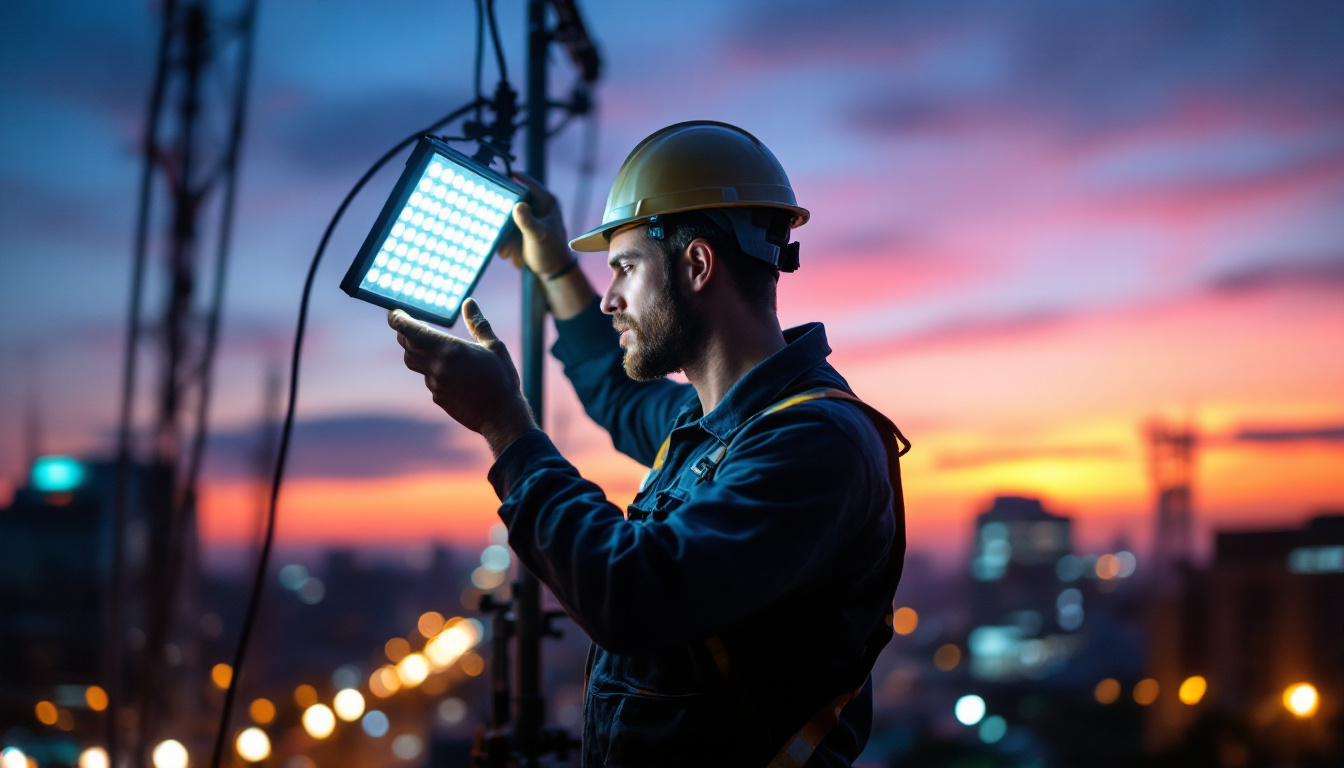
High bay lighting is essential in various industrial and commercial settings, providing the necessary illumination for warehouses, manufacturing plants, and retail spaces. For lighting contractors, understanding the best practices for installing and maintaining high bay lights is crucial to ensuring efficiency, safety, and satisfaction for clients. This article delves into the best practices that contractors should follow when working with high bay lighting systems.
High bay lights are typically installed in spaces with ceilings that are 15 feet or higher. These lights are designed to provide bright, focused illumination over large areas, making them ideal for environments where visibility is paramount. Common applications include warehouses, gymnasiums, manufacturing facilities, and large retail spaces, where adequate lighting is essential for both safety and productivity.
There are several types of high bay lights available, each with unique characteristics and applications. LED high bays are becoming increasingly popular due to their energy efficiency and long lifespan. Traditional options like metal halide and fluorescent lights still have their place, particularly in specific industrial settings. Metal halide lights, for instance, are known for their excellent color rendering and are often used in environments where true color visibility is crucial, such as in paint shops or textile manufacturing.
When selecting the type of high bay light, contractors should consider factors such as the specific application, energy costs, and the desired color temperature. For example, LED lights typically offer a cooler color temperature, which can enhance visibility in work environments. On the other hand, warmer color temperatures may be preferred in retail settings to create a more inviting atmosphere. Moreover, the choice of light can also affect employee morale and productivity, as well-lit spaces are often linked to improved focus and efficiency.
Proper installation is critical for maximizing the performance of high bay lights. Contractors must assess the space to determine the optimal mounting height and spacing between fixtures. This ensures even light distribution and reduces the risk of shadows or overly bright spots. The layout of the space, including any obstructions like beams or machinery, should also be taken into account to avoid any potential lighting issues.
Additionally, contractors should evaluate the electrical infrastructure of the facility. Ensuring that the wiring can handle the load of the new lighting system is essential for safety and compliance with local codes. It’s also worth considering the integration of smart lighting controls, which can further enhance energy efficiency by allowing for dimming and scheduling based on occupancy or daylight availability. These advanced systems can significantly reduce operational costs and extend the lifespan of the lighting fixtures, making them a worthwhile investment for many facilities.
Before any installation begins, thorough planning and design are crucial. This involves conducting a lighting audit to assess the current lighting conditions and identify areas that require improvement. Understanding the specific needs of the space can guide the selection of fixtures and their placement.
Using lighting design software can help visualize the layout and simulate how different lighting configurations will perform. This proactive approach allows contractors to present clients with informed recommendations and ensures that the final installation meets their expectations. Additionally, considering factors such as ceiling height, the type of activities conducted in the space, and the color of walls and floors can significantly influence the effectiveness of the lighting. For instance, brighter colors can reflect light better, enhancing overall illumination and reducing the number of fixtures needed.
Safety should always be a top priority during installation. Contractors must adhere to all safety regulations and guidelines, including using appropriate personal protective equipment (PPE) and ensuring the work area is secure.
In addition, it is essential to follow manufacturer instructions for installation. This includes proper handling of fixtures and ensuring that all electrical connections are secure and compliant with local codes. Regular safety training for installation teams can further enhance safety practices on the job site. Furthermore, implementing a safety checklist before commencing work can help identify potential hazards, ensuring that all team members are aware of their surroundings and the equipment being used. This proactive approach not only protects the workers but also contributes to a smoother installation process.
Once the installation is complete, testing and commissioning the lighting system is vital. This process involves checking that all fixtures are functioning correctly and that the light levels meet the design specifications. Adjustments may be necessary to optimize performance, such as repositioning fixtures or modifying dimming settings.
Documenting the testing results is also important, as it provides a reference for future maintenance and troubleshooting. This documentation can be invaluable for clients, offering them peace of mind regarding the reliability of their lighting system. Additionally, conducting a post-installation review with the client can facilitate feedback on the lighting performance and allow for any last-minute adjustments. Engaging with clients during this phase not only strengthens the contractor-client relationship but also ensures that the lighting solution fully meets the client’s operational needs and expectations.
Regular maintenance is essential to ensure the longevity and efficiency of high bay lighting systems. A well-maintained system not only provides better illumination but also reduces energy costs and extends the lifespan of the fixtures.
Contractors should establish a routine inspection schedule to check the condition of the lighting fixtures. This includes looking for signs of wear, such as flickering lights or discoloration, which may indicate that a fixture needs replacement.
During inspections, it is also important to clean the fixtures, as dust and debris can significantly reduce light output. Depending on the environment, cleaning may need to be done more frequently in areas with high levels of dust or contaminants. Regular cleaning not only improves the aesthetic appeal of the lighting but also ensures that the light distribution remains uniform, which is crucial in large spaces like warehouses or gymnasiums where high bay lighting is commonly used.
As technology advances, upgrading lighting systems can offer significant benefits. For instance, retrofitting older high bay lights with LED technology can improve energy efficiency and reduce maintenance costs. Contractors should stay informed about the latest advancements in lighting technology to provide clients with the best options available.
Additionally, integrating smart lighting controls can enhance system performance. Features like occupancy sensors and programmable dimming can optimize energy use and improve the overall functionality of the lighting system. These smart systems can adjust the lighting based on the time of day or the presence of individuals in the space, leading to substantial energy savings. Moreover, the ability to monitor energy consumption in real-time allows facility managers to make informed decisions about usage patterns and further optimize their lighting strategy.
Furthermore, it is essential to consider the environmental impact of lighting choices. Using energy-efficient fixtures not only lowers operational costs but also contributes to sustainability goals. Many businesses are now seeking certifications like LEED (Leadership in Energy and Environmental Design), which can be achieved through the implementation of energy-efficient lighting solutions. By adopting such technologies, companies can enhance their corporate responsibility profile while enjoying the benefits of reduced energy consumption and improved lighting quality.
Effective communication with clients is crucial throughout the entire process, from initial consultation to post-installation support. Educating clients about their lighting systems can foster trust and satisfaction.
During the initial consultation, it is essential to set clear expectations regarding the project timeline, costs, and potential challenges. Clients should be informed about the benefits of high bay lighting, including energy savings and improved visibility, as well as any limitations that may exist.
Providing detailed proposals that outline the scope of work and associated costs can help clients make informed decisions. Transparency in communication can prevent misunderstandings and build a positive working relationship.
After the installation is complete, contractors should offer ongoing support to clients. This can include providing maintenance tips, answering questions about the system, and being available for troubleshooting if issues arise.
Offering a warranty or service agreement can also enhance client satisfaction. This demonstrates a commitment to quality and reliability, reassuring clients that they can rely on the contractor for future support.
As energy costs continue to rise, the demand for energy-efficient lighting solutions is greater than ever. Lighting contractors play a vital role in helping clients reduce their energy consumption through the implementation of high bay lighting systems.
Conducting energy audits can help identify areas where energy savings can be achieved. By analyzing current lighting usage and comparing it to the proposed high bay lighting solutions, contractors can provide clients with a clear picture of potential savings.
These audits can also help in selecting the most appropriate fixtures and controls, ensuring that the lighting system is tailored to the specific needs of the space while maximizing energy efficiency.
Incorporating sustainable practices into lighting projects can enhance a contractor’s reputation and appeal to environmentally conscious clients. This includes using energy-efficient fixtures, promoting recycling of old materials, and considering the lifecycle impact of the products used.
Contractors can also educate clients about the benefits of sustainable lighting solutions, such as reduced operating costs and a smaller carbon footprint. By positioning themselves as advocates for sustainability, contractors can differentiate their services in a competitive market.
High bay lighting is a critical component of many industrial and commercial spaces, and lighting contractors must adhere to best practices to ensure successful installations and satisfied clients. From understanding the different types of high bay lights to implementing energy-efficient solutions, contractors have a significant impact on the quality and effectiveness of lighting systems.
By focusing on thorough planning, safety, maintenance, and client communication, contractors can build a strong reputation in the industry. Embracing advancements in technology and sustainability will not only benefit clients but also position contractors as leaders in the lighting field.
Ultimately, the goal is to provide optimal lighting solutions that enhance productivity, safety, and energy efficiency in various environments. With a commitment to best practices, lighting contractors can achieve success and contribute positively to their clients’ operations.
Ready to elevate your lighting installations with the best in high bay lighting solutions? Look no further than LumenWholesale. Our commitment to quality, affordability, and convenience ensures that you have access to spec-grade lighting products at wholesale prices that simply can’t be beaten. Say goodbye to unnecessary markups and hello to a vast selection of reliable, high-performance lighting that meets the highest industry standards. Plus, with free shipping on bulk orders, you can stock up on premium lighting without any hidden fees. Enhance your projects while optimizing productivity, safety, and energy efficiency. Choose LumenWholesale for lighting that truly shines. Discover our unbeatable deals and make your next project a beacon of success by visiting Wholesale Lighting at the Best Value.
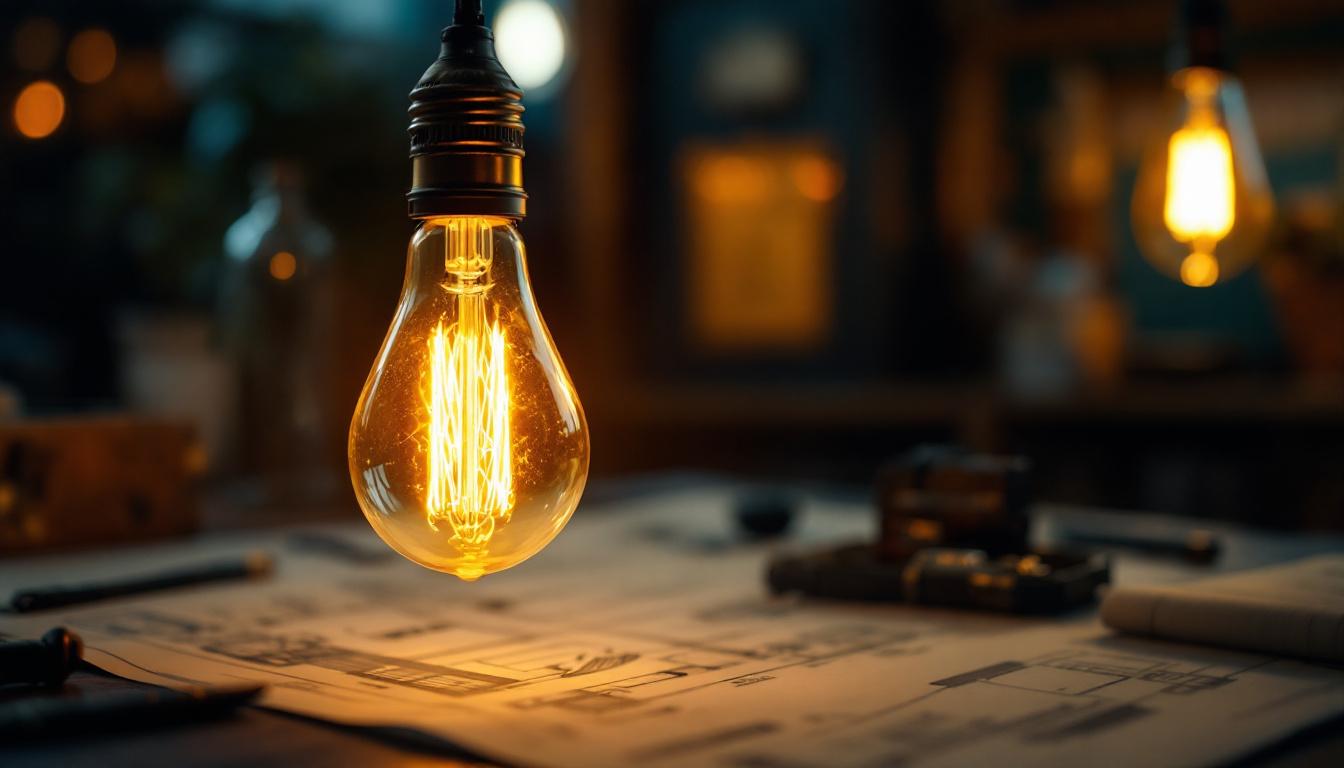
Discover the timeless allure of antique light bulbs and explore top strategies from lighting contractors to seamlessly integrate these vintage gems into modern spaces.
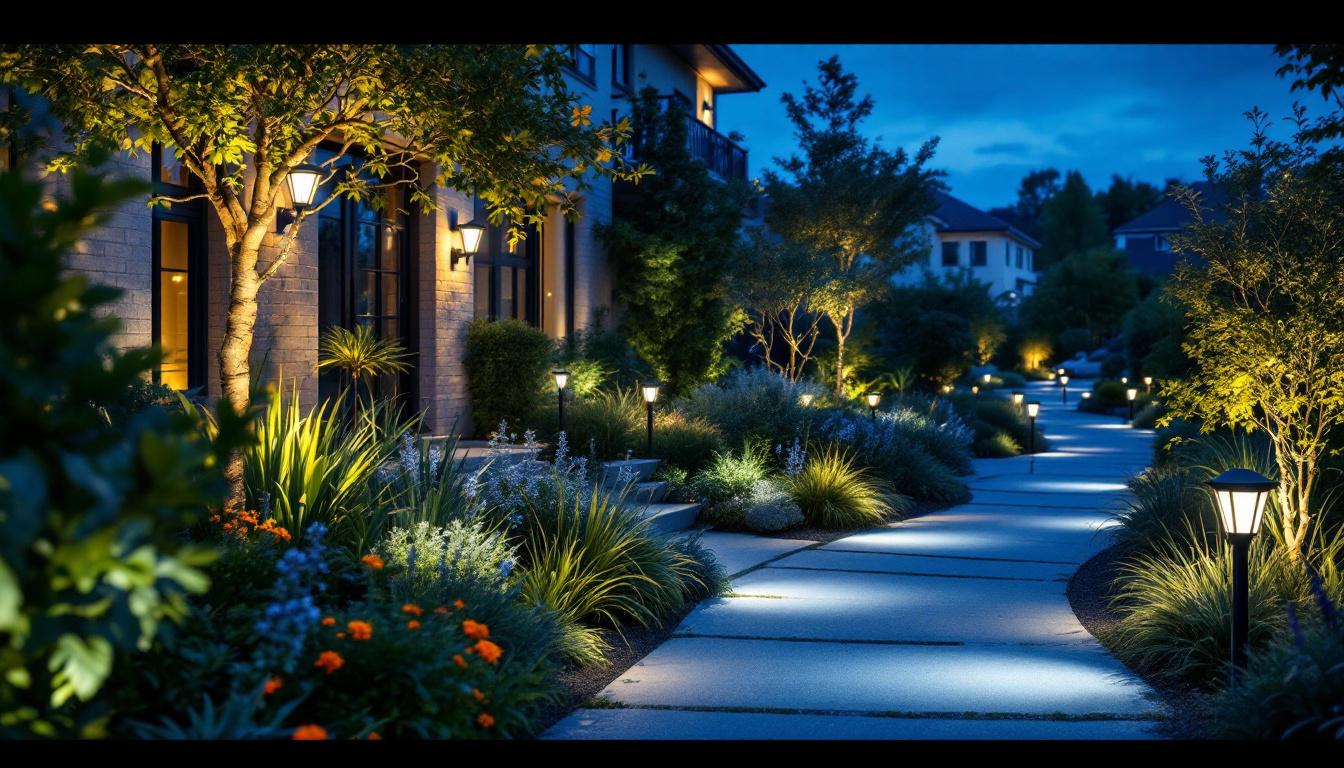
Discover the top flood lights for outdoor spaces with insights from expert lighting contractors.
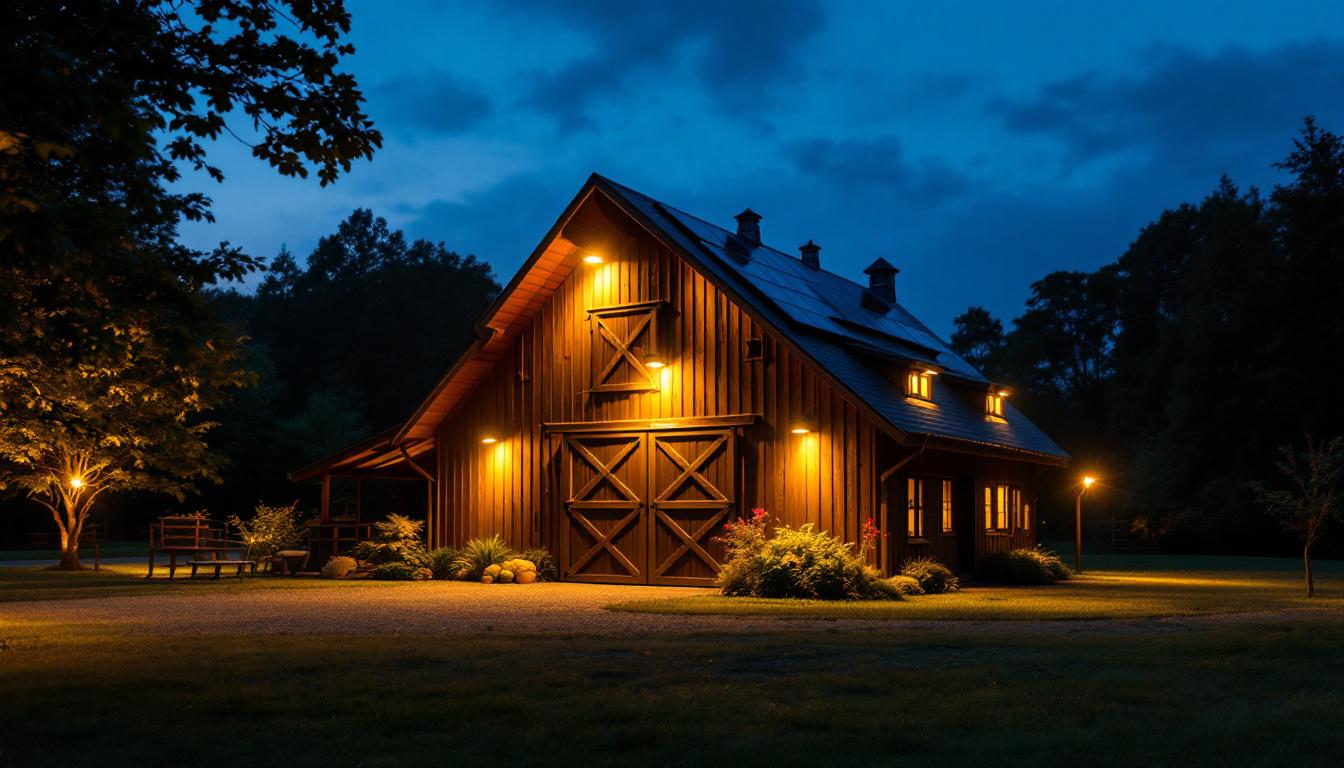
Explore the essential insights into solar power for barn lights with our comprehensive guide.
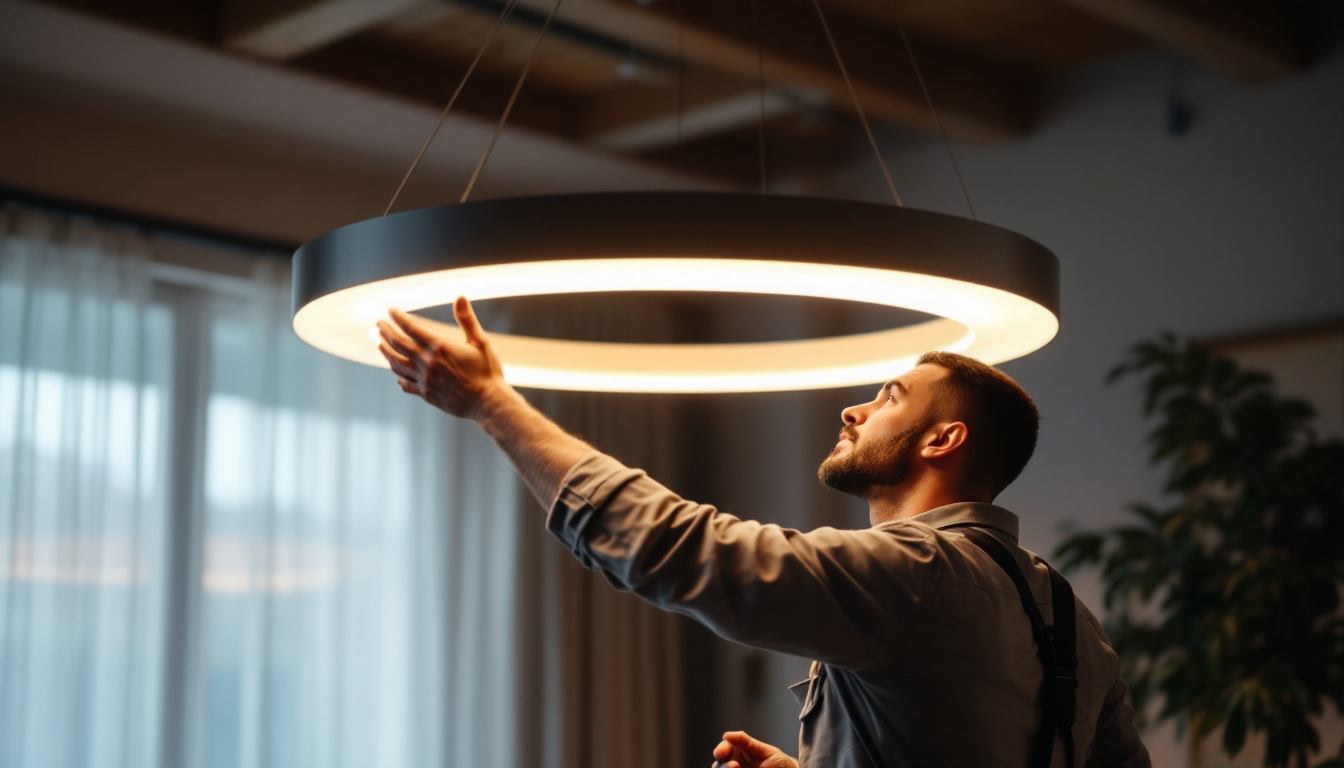
Discover how hanging lights round has become a game-changer for lighting contractors, offering innovative solutions that enhance aesthetics and functionality.